Scientists Link Crucifixion Timing to Lunar Eclipse Revealing How Faith and the Universe Intertwine
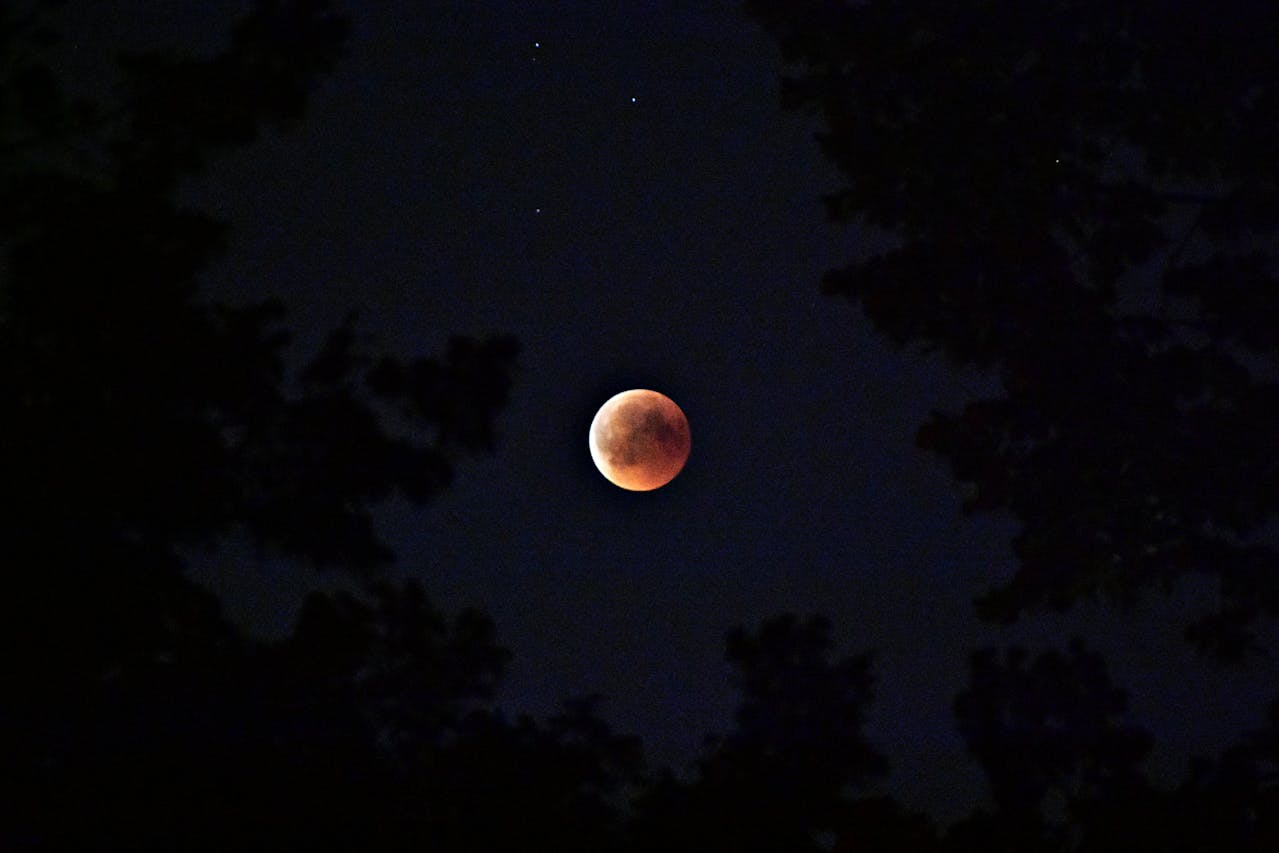
The sky has witnessed every story humanity has ever told, but few as powerful as this one. For centuries, the crucifixion of Jesus has been shared as a story of faith. Now, science is adding its voice.
Preacher and author Woodrow Michael Kroll examined ancient texts alongside astronomical records and arrived at a remarkable conclusion. In his book The Day Jesus Died, he identified 3:00 PM on Friday, April 3, 33 AD, as the moment of the crucifixion, a day when a lunar eclipse painted the Jerusalem sky red. “Based on eyewitness, historical, and literary accounts, readers can pinpoint the hour Jesus said, ‘It is finished.’ It’s almost like being there,” Kroll wrote.
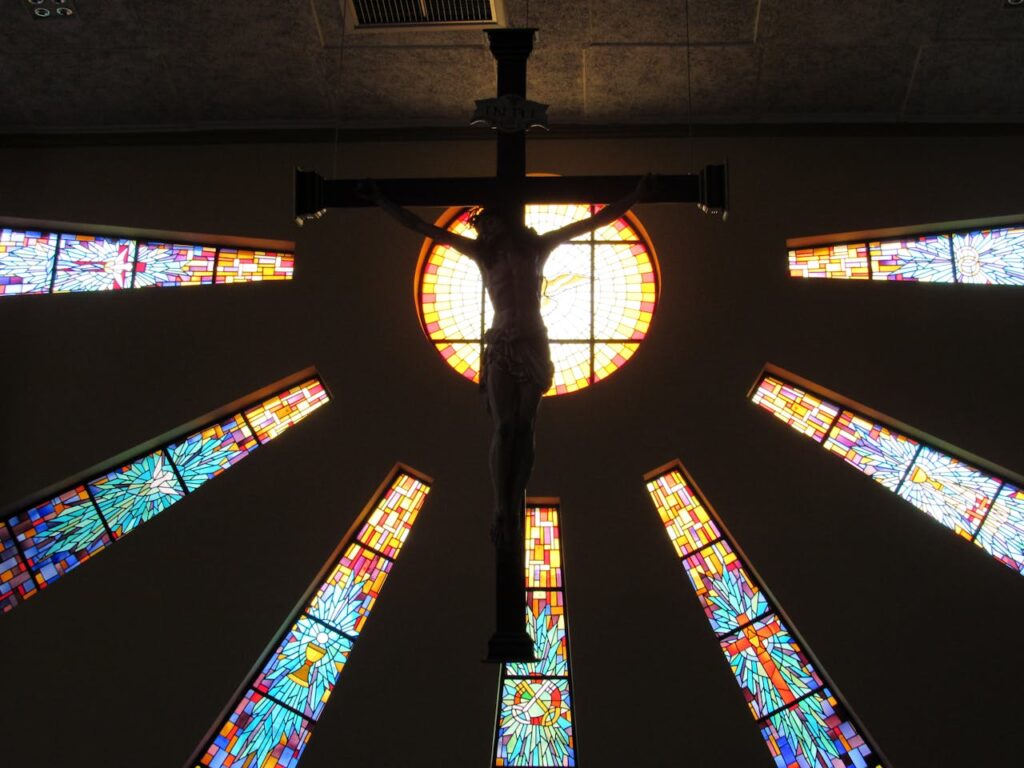
If that is true, then the sky itself recorded that moment. It reminds us that truth is often written not just in books or beliefs, but in the quiet, enduring patterns of the universe itself.
The Hour Between Worlds
There is something sacred about certain moments in time, moments that seem to hold more weight than the seconds that surround them. According to the Gospels, Jesus took his final breath at what was called the ninth hour, around 3:00 PM in the ancient Jewish system of timekeeping. To the people of that time, this was not just an ordinary hour. It was when the Temple filled with the scent of burning incense and prayers for renewal rose into the air. It was a moment meant for reflection and offering, when human intention aligned with something larger.
Researcher and author Woodrow Michael Kroll believes this alignment was more than symbolic. In his book The Day Jesus Died, he writes that the ninth hour falls just as light begins to fade but before darkness fully arrives. It is the threshold between what was and what will be, the pause between endings and beginnings. His research suggests that this timing was not random but part of a natural rhythm, a point in the day when both the body and the world prepare for transition.
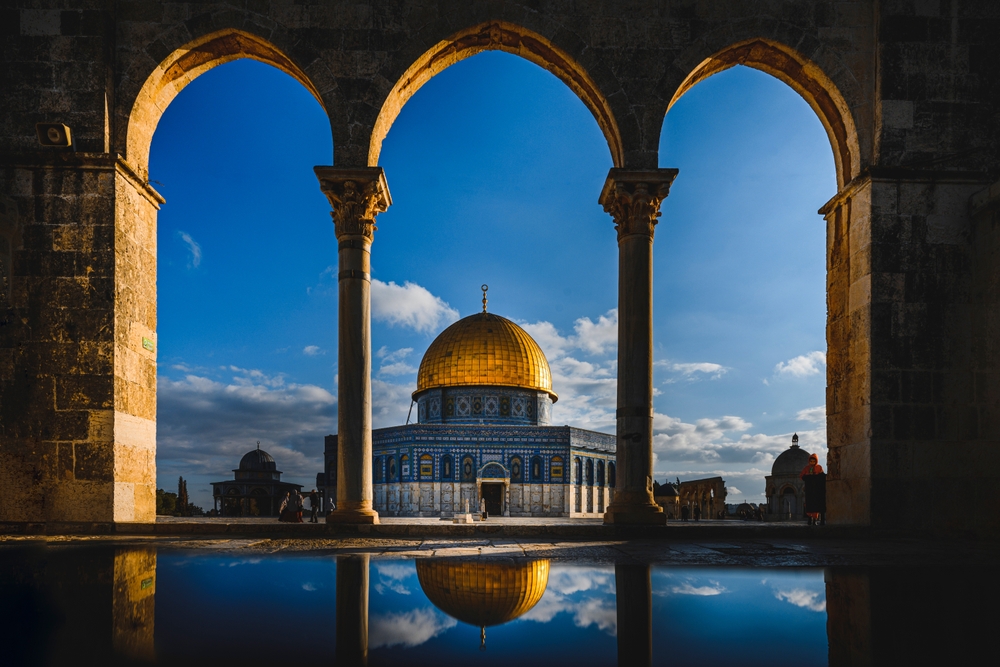
Throughout history, the number nine has symbolized completion, the closing of one cycle before another begins. Whether viewed through spirituality or science, that pattern repeats everywhere: the seasons, the heartbeat, even the breath. Kroll’s findings show how the crucifixion, fixed at this precise moment in time, mirrors the same rhythm that guides nature and life itself. It is a reminder that everything moves in cycles of closure and renewal, and that within every ending lies the quiet pulse of a new beginning.
When the Moon Spoke in Red
There are moments in history when nature seems to echo the emotions of the world below. On the evening of April 3, 33 AD, researcher and author Woodrow Michael Kroll noted that the people of Jerusalem would have looked up to see a moon glowing red against the night sky. It was the same night many believe Jesus was crucified. The Book of Acts records the moment with the words, “the moon will turn to blood.” For generations, this was seen as a symbol, but modern research shows that it could have been an actual event.
In his book The Day Jesus Died, Kroll explains how a partial lunar eclipse occurred that very evening. His study combined historical evidence with astronomical modeling and revealed that the eclipse coincided with the Passover full moon, which always appears at this time of year. “Based on eyewitness, historical, and literary accounts, readers can pinpoint the hour Jesus said, ‘It is finished.’ It’s almost like being there,” Kroll writes. For those who saw it, the red moon might have seemed like the sky itself was mirroring the sorrow and significance of that night.
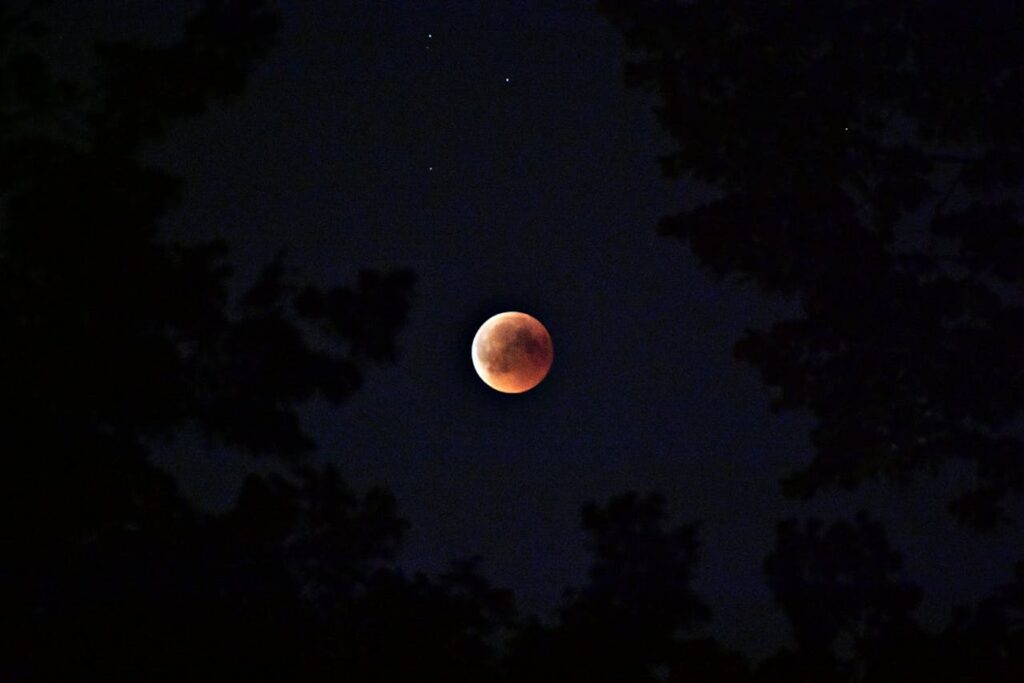
Scientists have since confirmed that the reddish color of a lunar eclipse is caused by sunlight passing through Earth’s atmosphere, the same process that creates the glow of a sunset. Kroll’s findings connect ancient testimony with scientific explanation, showing that faith and fact can sometimes meet in the same moment. The moon’s transformation that night reminds us that even when light fades, it never disappears. It only changes form, waiting to return when the world is ready to see again.
Time, Consciousness, and the Space Between
Every human being lives inside time, yet very few ever stop to feel it. We move from one hour to the next, guided by clocks and calendars, without realizing that time is not just something we measure but something we experience. The ancient moment of the crucifixion, when the sky darkened and the moon turned red, reminds us that time is both external and internal. It unfolds in the heavens and within the heart at the same pace.
Scientists describe time as a physical dimension, but philosophers and mystics have always sensed that it is also a mirror of awareness. The “ninth hour” described in scripture was not only a mark on a clock but a state of consciousness, the space between one breath and the next where transformation begins. Researcher Woodrow Michael Kroll placed that moment at around 3:00 PM, a time when the day begins to soften and the body naturally prepares for rest. In both the physical and the spiritual sense, it is the transition point between action and reflection.
If there is a lesson hidden in that alignment, it is that we are also made to move in cycles of effort and renewal. Modern science confirms that the body and brain depend on rhythm to stay balanced, just as the planet depends on light and shadow to sustain life. When we learn to pause, even briefly, we return to the present moment where time slows and awareness deepens. It is in that stillness that we find clarity, connection, and the quiet truth that everything meaningful happens between what was and what comes next.
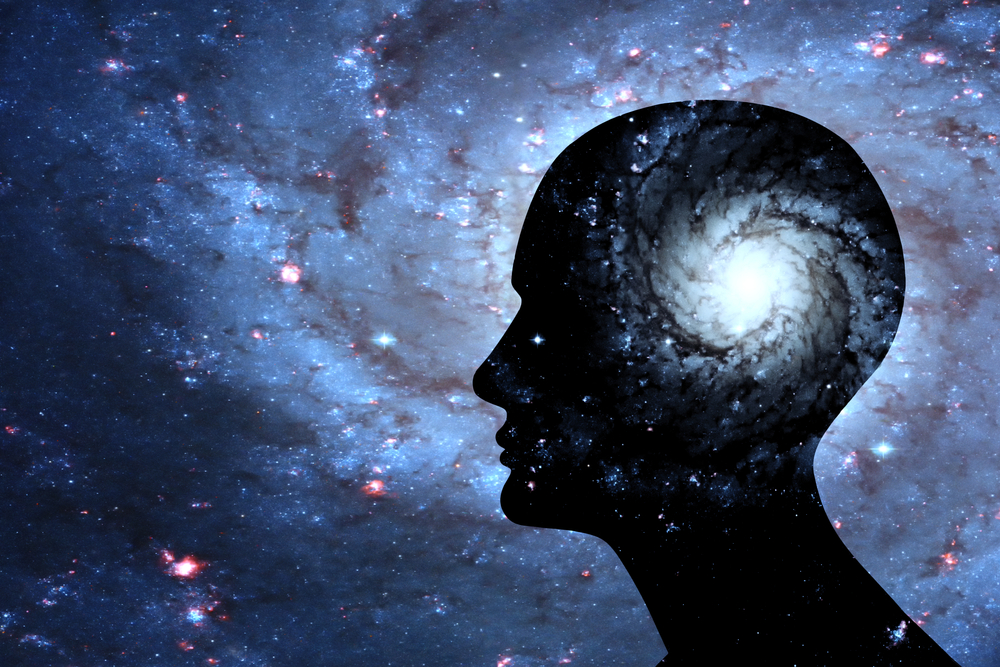
The Still Point Within
There is a place in every person that remains calm no matter what happens outside. It is the space that sits between the heartbeat and the breath, the pause that allows you to reset before moving again. Ancient teachers spoke of this as the meeting point between heaven and earth, where awareness becomes stronger than circumstance. Today, science calls it coherence, the balanced state between the heart and the nervous system when the body and mind move together in rhythm.

Studies from institutions like the HeartMath Institute and Harvard Medical School show that when people spend time in stillness, even for a few minutes a day, their stress hormones decrease, heart rate stabilizes, and the brain becomes more focused. This is not magic but biology responding to presence. The same natural laws that guide the tides and the turning of the earth also guide the rhythm of our inner world.
Moments of stillness are not escapes from life; they are the entry point to it. Just as the lunar eclipse marked a turning point in the story of humanity, every pause you take is a turning point in your own story. When you stop rushing, you begin to see clearly. When you breathe with intention, the noise fades and understanding rises. The sky above may hold the memory of that ancient hour, but the lesson it carries lives inside each of us. In every quiet moment, there is a chance to begin again.
The Sky, the Self, and the Pattern of Everything
The story of the crucifixion is often told as a story about faith, but when we look closely, it becomes a story about alignment. Researcher Woodrow Michael Kroll showed that the moment described in the Gospels corresponds not only with history but with the rhythm of the universe itself. The eclipse, the hour, and the silence that followed were not just events; they were reflections of how nature and consciousness move in harmony.
Science continues to uncover the same pattern. Everything, from the heartbeat to the motion of galaxies, follows a cycle of expansion and release. This rhythm exists in our bodies and our choices, in the way we fall, learn, and rise again. The connection between a cosmic event and a human story reminds us that nothing happens in isolation. What happens in the sky is echoed in the heart.
The message is not about belief but awareness. The same intelligence that turns the moon red and brings light back after darkness also guides us toward balance when we listen. Every time we choose reflection over reaction, stillness over chaos, we realign ourselves with that pattern. The crucifixion and the eclipse are not only historical markers; they are symbols of renewal that continue to speak through the movement of time.

You do not need to look to the heavens to find meaning. The same order that shaped the stars lives in your breath, your thoughts, and your choices. When you slow down long enough to feel it, you begin to live not against time but with it. The universe has been keeping this rhythm forever. The question is whether we are willing to move in tune with it.
Loading...

